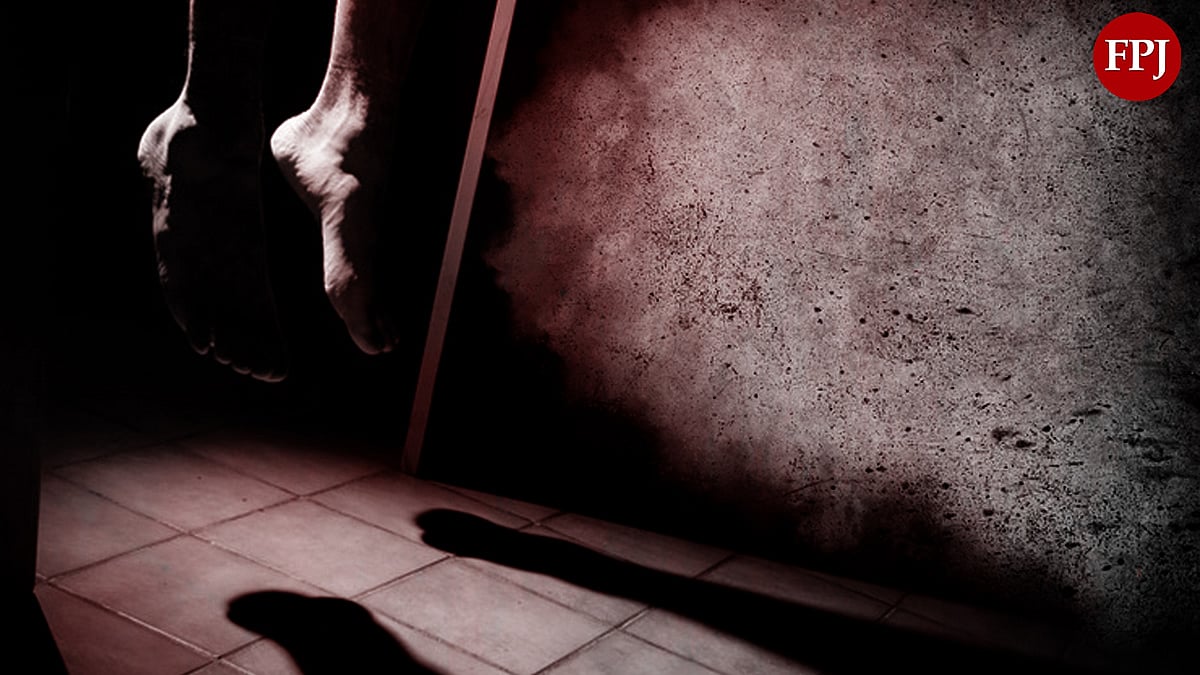India's Independence Day on August 15 is a day of pride and celebration. It’s a time when people from every part of the country come together to honour the freedom fighters who secured India’s independence in 1947.
A key part of this celebration is the hoisting of the national flag, a symbol of the nation's unity, pride, and sovereignty. Knowing how to salute the flag and the conventions surrounding its respect is of utmost important for every citizen.
This article will guide you through the correct way to salute the flag and the conventions that must be followed to show proper respect.
How to salute the flag
Saluting the national flag is a way to show respect and honour. Here’s how you can do it:
1. Stand at attention: When the national flag is hoisted, everyone should stand at attention, facing the flag. One must stand straight with their feet together and hands by their sides.
2. Salute: If you are in uniform, such as a member of the armed forces, police, or a scout, you should salute the flag by bringing your right hand to your forehead in a formal salute.
3. National anthem: After the flag is hoisted, the national anthem, "Jana Gana Mana," is played. Stand still and remain at attention during the anthem. If you are saluting, remain in that position until the anthem is finished. Remember, it's important not to talk, move around, or chew gum during the anthem.
4. For children, it is encouraged that they also stand at attention and place their right hand over their heart. Elderly people, or those who are unable to stand, should do so as much as possible or place their hand over their heart while seated.
Conventions for respecting the national flag
Respecting the national flag is not only about saluting it correctly but also about following certain conventions to ensure it is treated with the dignity.
1. Hoisting the flag: The flag should be hoisted at sunrise and lowered at sunset. It should always be hoisted briskly and lowered slowly. The flag should never touch the ground.
2. Proper display: The national flag should be displayed in a place of honour, either on a pole or hung in a prominent position.
3. No damage or deterioration: The flag should be kept in good condition. A damaged or faded flag should not be displayed.
4. No writing or marks: The national flag should not have any writing, marks, or designs on it. It should not be used as a banner or for any decoration that could disrespect its status.
5. No use as clothing or decoration: The flag should not be used as part of clothing, drapery, or decoration in any form. It should not be used as a costume or uniform. The only exception is during funerals for military personnel, where the flag may be draped over the coffin.
On Independence Day, saluting the national flag and adhering to the conventions of respect are ways to honour the sacrifices made by countless individuals for the freedom we enjoy today. By following these guidelines, we can ensure that the national flag remains a powerful symbol of our nation's pride and unity. So, this independence day follow these norms and educate others as well.









